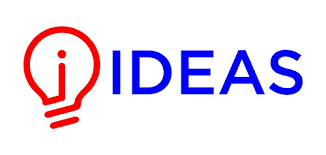Article | Open Access | Published: 10 July 2018
THE ENTREPRENEURIAL DECISION MAKING: USE OF EFFECTUATION AND RELATION WITH PERCEIVED FINANCIAL PERFORMANCEAND INNOVATION IN THE FIRM
| Views: | 178 | | | Downloads: | 295 |
Abstract:
During the start of the venture entrepreneurs rely on a number of techniques and strategies to make decisions. Effectuation and causation are important modes of this decision making process. The theory on effectuation is advancing from an early to a mature phase globally thus it?s important to understand its dimensions and their influence on the firm?s performance. This study explores the use of this effectual logic in micro and small firms operating in Pakistan and its influence on the financial performance and level of innovation in these firms. Although few researches have been focused on the antecedents and dependents of effectuation but none have arrived at a consensus on the appropriate variables. In Pakistan, as it?s a relatively new concept although being applied, there is all the more need to assess the nature of effect these variables could have on some of the important outcomes of the firm. This research contributes to existing literature by providing relationship of effectuation with, another important, variable of innovation in the firm. In this empirical study, a sample of 166 micro and small firm entrepreneurs was used all operating businesses within Pakistan. A survey, through a questionnaire, was conducted using snowball sampling. Findings indicate that use of effectuation is positively correlated with both higher perceived financial performance and level of innovation employed in the firms. Also not all effectual constructs have uniform influence on the variables which explains the formative nature of the logic of effectuation. A few implications of this study and future research areas have also been identified.
Keywords:
Effectuation, firm performance, innovation
Publisher:
ILMA UNIVERSITY
Published:
10 July 2018
E-ISSN:
2409-6520
P-ISSN:
2414-8393
This is an open access article distributed under the terms of the Creative Commons Attribution CC BY 4.0 license, which permits any use, distribution, and reproduction of the work without further permission provided the original author(s) and source are credited.














